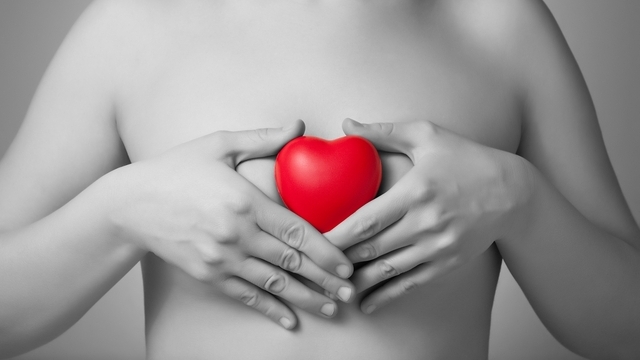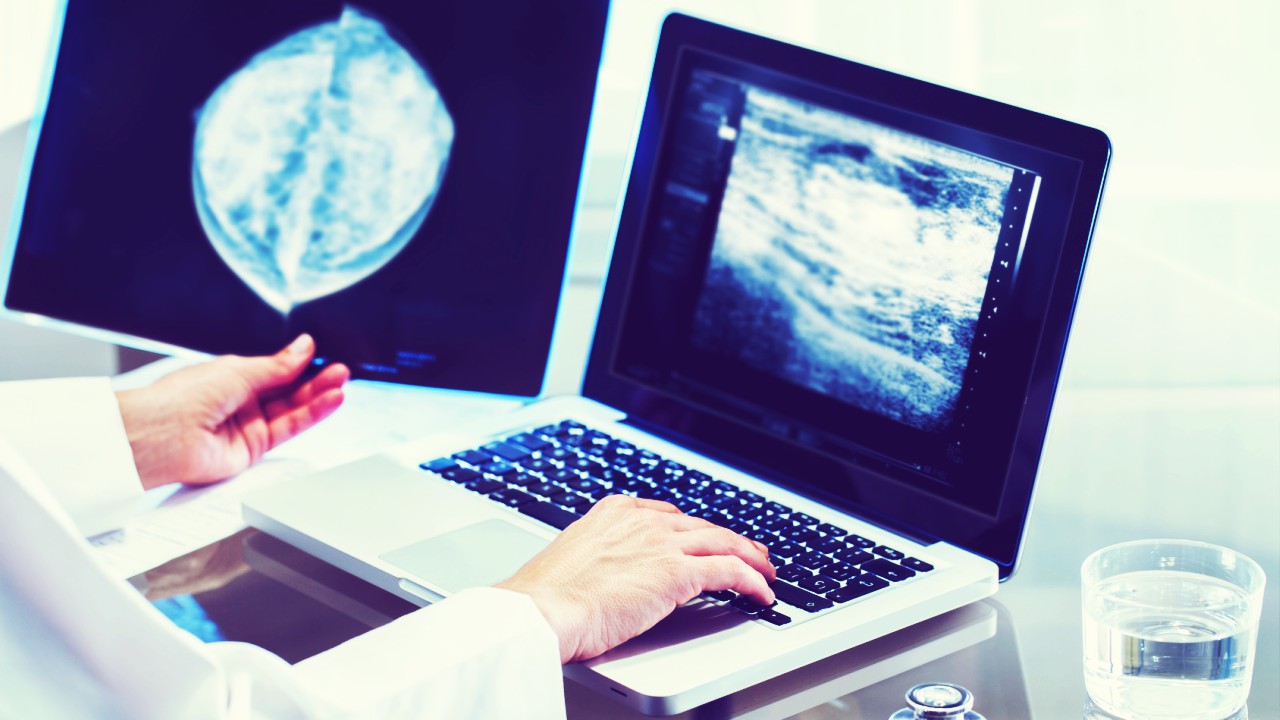By Brie Cadman / Divine Caroline
Most women know what to look for with breast cancer — a suspicious lump during a self-exam, an abnormal spot on a mammogram. However, there’s another type of breast cancer that most women haven’t heard of that doesn’t have the telltale tumor.
Instead, it appears more like an infection — red and irritated skin, with breast tenderness or swelling. But because these unusual symptoms are often ignored, overlooked, or misdiagnosed, knowing about inflammatory breast cancer (IBC), a rare but aggressive form of breast cancer, can be life-saving.
The Other Breast Cancer
With IBC, which accounts for 1 to 5 percent of all breast cancer cases in the United States, the typical early warning signs of a lump or abnormal mammogram may be missing. Underlying cancer cells block lymphatic tissues, causing the breast to swell and change color. The symptoms often mimic an infection. According to the National Cancer Institute, things to look for include:
* Redness, swelling, and warmth in the breast, often without a distinct lump
* Skin that appears pink, red, purple, or bruised; the skin may also have ridges or appear pitted.
* Heaviness, burning, aching, tenderness in a breast, an increase in breast size, or an inverted nipple
* Rapid change in the appearance of a breast, over the course of days, weeks, or months
In addition, sometimes lymph nodes under the arm or above the collarbone can become swollen.
It’s important to note that these symptoms don’t necessarily mean IBC. Other conditions, including benign breast infection (mastitis), injury, surgery, or other cancers can also be the cause. However, misdiagnosis can delay important treatment, so it’s critical to follow up when unusual changes in the breast are noticed.
What Causes It?
Like other types of breast cancer, the exact cause of IBC is unknown. What is known is that women with IBC tend to be diagnosed at a younger age than those who have other breast cancers; the average age of diagnosis is fifty-nine, which is three to seven years younger than the average age at diagnosis for other types.
African American women appear to be slightly more likely than white women to be diagnosed with inflammatory breast cancer.
Diagnosis and Treatment
Diagnosis is typically done by a doctor’s clinical examination. An excisional biopsy, which takes a small skin and tissue sample, is helpful because microscopic examination can identify cancer cells in the lymphatic tissue. Confirmation of the initial diagnosis might involve a mammogram and ultrasound, which can show thickening of the breast tissue. IBC is usually classified as stage IIIB (locally advanced) or stage IV (spread to other organs).
Treatment for IBC differs from other types of breast cancer. Chemotherapy is done first, to shrink the size of the cancer, followed by surgery or mastectomy. This may also be accompanied by radiation, targeted therapy, and hormone therapy. Clinical trials, which test new drugs and therapies, are also an option for IBC.
Although the prognosis for IBC used to be quite grim, better identification and treatment has improved survival rates. However, because IBC is more likely to have spread to other parts of the body at time of diagnosis, the survival rate is lower than in other types of breast cancer.
Become Your Own Doctor
Mammograms don’t typically detect IBC, so it’s up to women to keep an eye out for the symptoms and bring up issues with their doctor. With this aggressive cancer, time is of the essence; don’t be afraid to get a second opinion.






Add a Comment1 Comments
Thank you for this post. I am scheduling first thing Monday for a mammogram. Three days ago I had a pea size lump appear with burning pain. By the next morning it was bright red and hurting really bad. I called my pcp and the office said get the test. So here it is Saturday and the redness seems to be localized to the area of the lump. I was wondering if there are other symptoms with this? I have lost more than 20 lbs in 3 months. Which I really thought was a blessing until this lump showed up. Now I realize that I did have a couple of days in the past couple of months where I spent nearly half a day with a burning pain in my breast, it went away and I blew it off and went on with my life. Now, I just pray. Thank you again for this information.
February 1, 2014 - 11:43amThis Comment